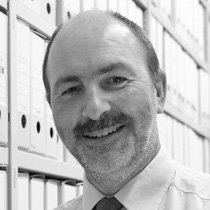Celebrating 25 years: Heidelberg Materials corporate archive
Archive? What exactly is that? Sounds dusty!
Twenty-five years ago, the Internet had just come into broad use. Since then, much knowledge has been made available to the public. But, in many cases, the same sources have merely been copied thousands of times. Validity and truth is afforded to the information based on its ranking – i.e., through sponsoring and counting clicks. But anyone looking to find the original source of the information will have a hard time doing so online.
Question: “Where's the original?” The answer: “In an archive!” Archives house mostly original documents and unique sources of information, which is precisely why we need them. They allow us to indefinitely preserve our traditions, so that we can fall back at any time on authentic, reliable, proprietary documentation.
In order for us to find what we are looking for, the archive must be organised according to a filing system, and it must have protective measures that ensure readability over many, many years. Whether the data format is analogue or digital, the source material must be preserved, albeit in different ways. In the former case, we have to minimise paper decay resulting from handling and acid corrosion. In the latter, we have to take appropriate steps to keep the digital documents uncorrupted and permanently readable.
But is it worth the expense? And which sources will live on into the future?
We often hear: “It's great that Heidelberg Materials expends the resources to maintain a corporate archive.” But, surprisingly, an archive doesn’t require us to simply expend resources. Correctly dimensioned and operated, it is an economically viable operation of its own.
Professional information management, optimised storage and well-thought-out digital filing strategies prevent redundant processes, increase efficiency and help others concentrate on the essentials of their work. A properly managed archive pays for itself – in ways that are not always directly measurable, but certainly noticeable over the long term. Consider, for example, the protection of property rights, contractual documents, technical know-how or trade secrets.
Keep the future in mind – and the past on file.
Charles Maurice de Talleyrand (1754–1838)
This may sound simple, but it is becoming increasingly difficult advice to follow given the growing trend towards exclusively digital documentation and storage of information in digital databases. And are rarely these organised in digital files. Rather, we are faced with widely scattered storage of documents without any descriptive and searchable metadata. The development of solutions and organisational processes to address this reality will be among the primary tasks of the archive in the future.
An archive has its own history
The origins of the Heidelberg Materials corporate archive go back 60 years. On 16 March 1961, the Accounting department sent out a circular to all plants, asking them to send historically valuable records to the company headquarters. Even then, several reminders had to be sent before any material was received. What resulted was a collection of publications and individual documents.
Then in 1996, the 100th year anniversary of the main plant in Leimen, the decision was made to set up a professional archive, which would also be responsible for the anniversary exhibition and a company museum. The project finally began taking shape on 15 April of that year, when 30 moving boxes full of documents were entered into the archive. Since then, the entire archive has had to be moved a total of four times to meet the increasing space requirements.
Since many of Heidelberg Materials' production sites were once independent companies, the materials submitted to the archive were also extremely varied. The first reaction from many locations was: “We don't have anything for the archive.” When assessing the situation on site, however, troves of important information and documents were usually uncovered.
Communicating about the work of the archive is a never-ending process, and the work has often had to be started over from square one. At times, this has involved clearing out a dusty attic on a hot summer day or cleaning up a file cellar after flooding by the Main river. Other times, there were no records made available at all, so that substitute records had to be compiled from other archives. Once the documents arrived, that’s when the work really began. The records had to be entered into a database and transferred into archive-quality, acid-free packaging.
But, after 25 years, it’s clear that the work has paid off. Almost daily, we receive requests for information about the company, and about the industry in general. The questions are extremely diverse, covering everything from family ties to the company, to information on sites and buildings, to questions about concrete-based artwork. Amazingly, we almost always find something in our archive. The questions inspire us, and the feedback gathered flows into processes for evaluating future archive holdings. The archive also publishes its own periodical, “Der Heidelberger Portländer”, highlighting research on the company's history. Today, most interested parties find their way to us through that publication.
The sustainable archive
With the move to the new headquarters in Heidelberg, the archive also took over responsibility for the company registry and the interim archive. While the object collection has remained at the old archive in Leimen, the file holdings have been rearranged according to Baer's principle. The Baer principle is a numerus currens procedure, based on the date of acquisition. The archive material is pre-sorted into smaller units, and the subject classification is then referenced in the search aids. The archive can be expanded at any time without the need to rearrange materials. This eliminates the need for constant file realignment and means no gaps have to be left open for future materials in the archive shelves. Archive tectonics are mapped virtually in the database according to origin and topic. Very economical paper storage is achieved through extremely dense packing of the archival documents in standing boxes of various thicknesses (space utilisation approx. 95%).
No air-conditioning was installed in the new archive; only a ventilation system is available in the event that climatic conditions deviate significantly from the target values. These measures ensure low operating costs with the lowest possible energy consumption over the long term. Additional sealing and insulation of the walls from the outside passively maintain the temperature and relative humidity near the target values at all times.
Sustainability is still a foreign concept in the digital world: Many documents are backed up multiple times and require unnecessary storage space, which uses up hardware resources and energy. A lot of working time is also wasted, because many processes are redundant. Because people don't always know what they can safely delete, nothing gets deleted. And, ultimately, there is a risk of losing everything because the cost of migrating to newer systems is too high, the formats are obsolete or a full-text search simply no longer produces reasonable results. But an archive works in precisely the opposite way: After a thorough evaluation, we archive only the most important documents and delete all unnecessary ones. Then, a location reference is added for quick access.
Future tasks
The path to nearly paperless office processes at Heidelberg Materials has been achieved very rapidly. This required several migrations with extensive deletions and transfers to the company archive, so that the paper records are now largely complete from an organisational point of view. In the future the primary tasks will therefore lie in the consistent use of document management systems as well as the evaluation and migration of files from Windows folders.
Experience-based and broad-based knowledge seem obsolete in the cyber age, since anyone can look up virtually anything in seconds. But, for the reasons mentioned above, serious information will continue to be sourced from archives and libraries in the future.
In the digital world, user behaviour has also changed considerably: Instead of rummaging through files by hand, users expect ready-to-use documentation like that offered by Wikipedia. It is also expected that everything can be found in a fraction of a second via simple search terms – “Just Google it!”
We’re not there yet, but the corporate archive team is working on it!
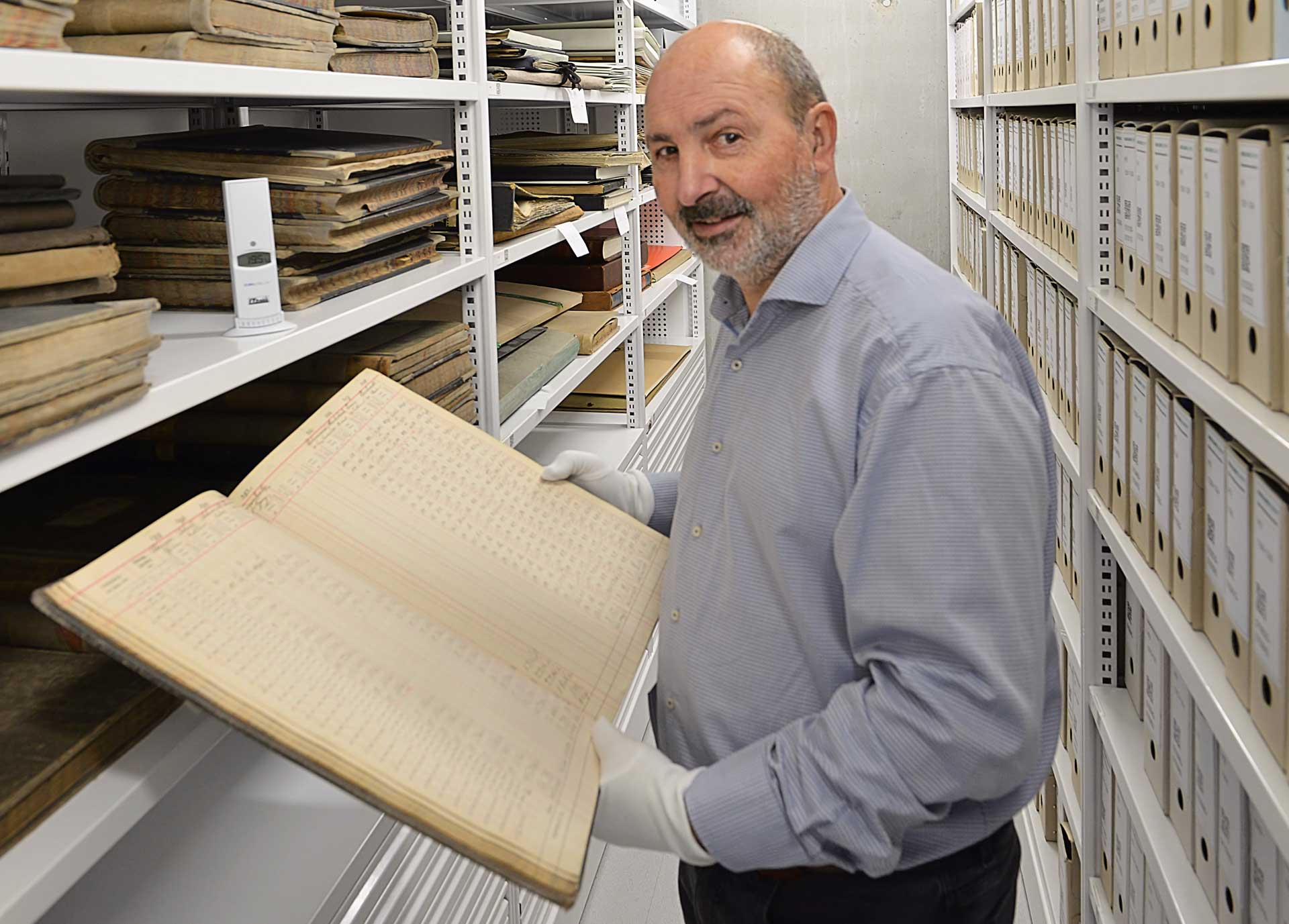
Always fascinating: handwritten ledgers.
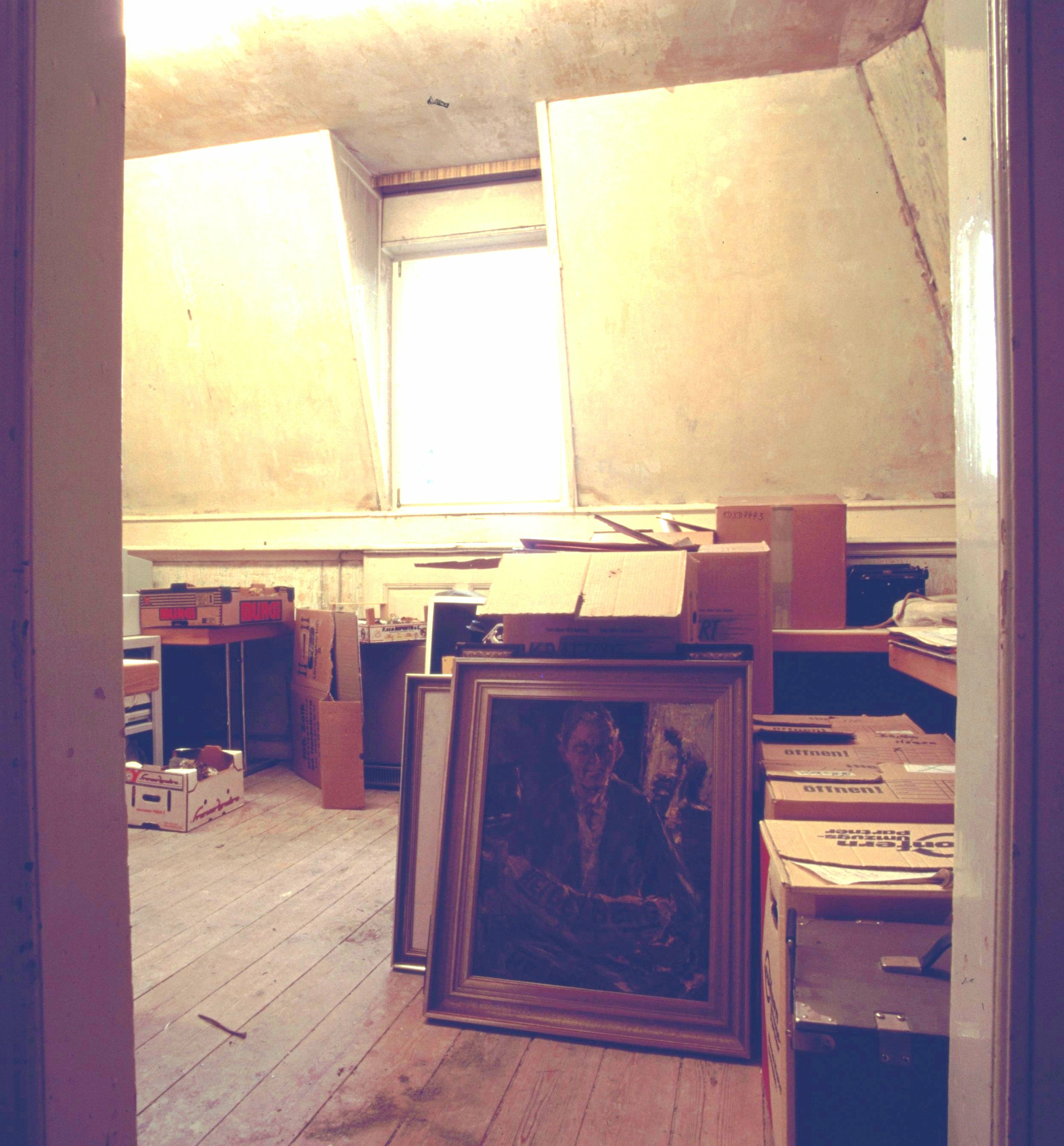
Original archive room in 1996.
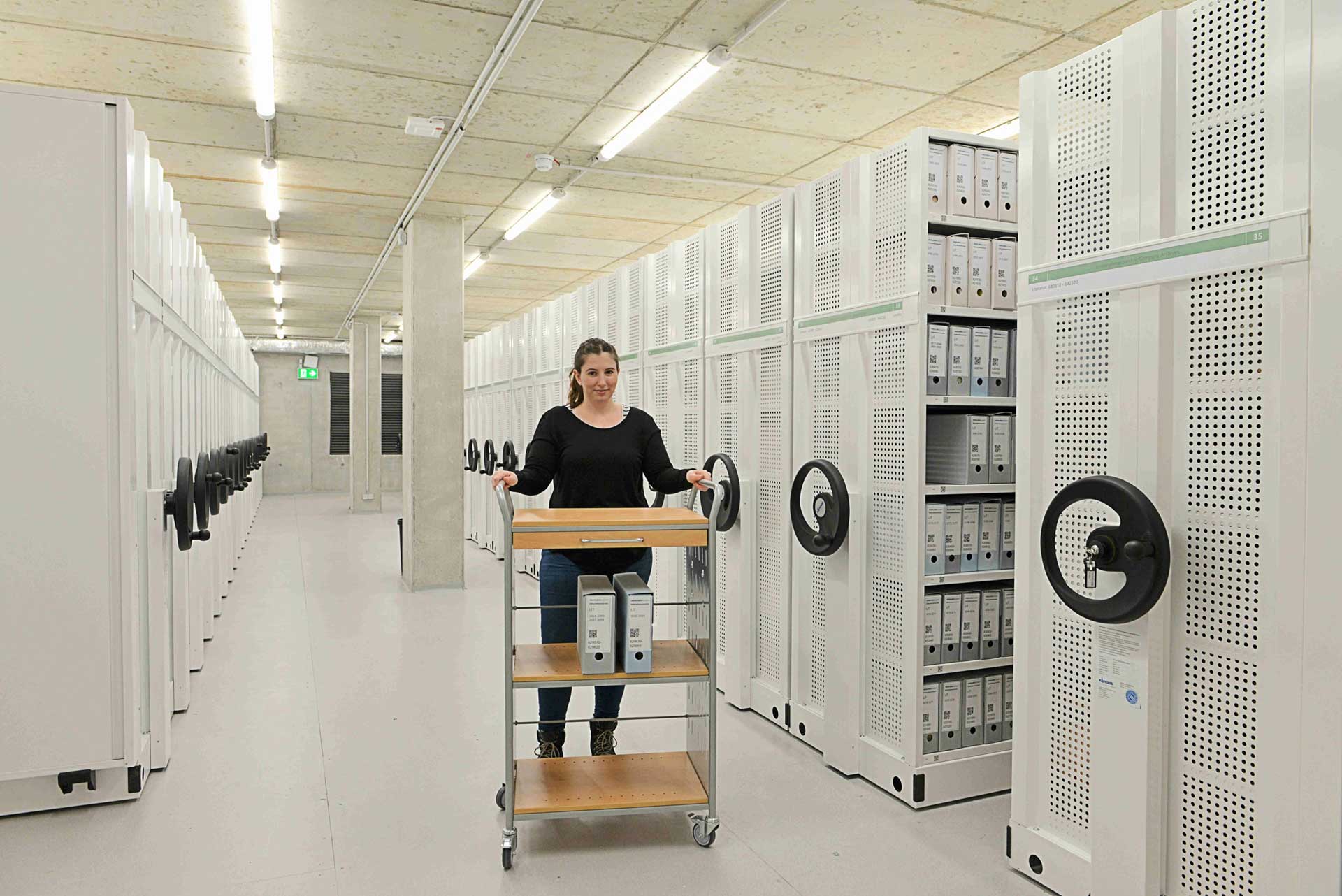
New passively climate-controlled archive.
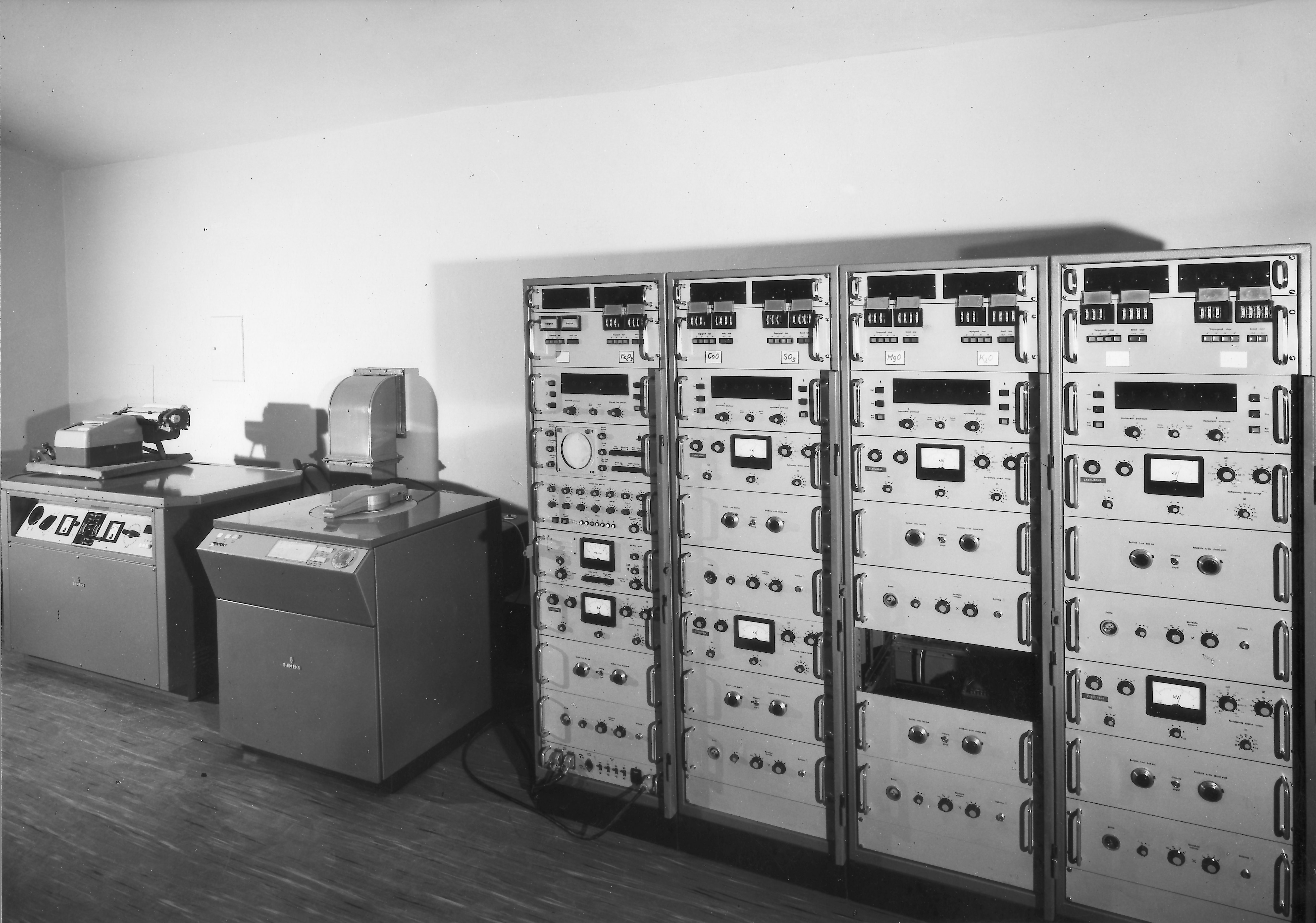
Mainframe computer system. At the first Heidelberg Materials headquarters in 1961: The original data is lost, but the important printouts are preserved in the archive

Always fascinating: handwritten ledgers.

Original archive room in 1996.

New passively climate-controlled archive.

Mainframe computer system. At the first Heidelberg Materials headquarters in 1961: The original data is lost, but the important printouts are preserved in the archive

